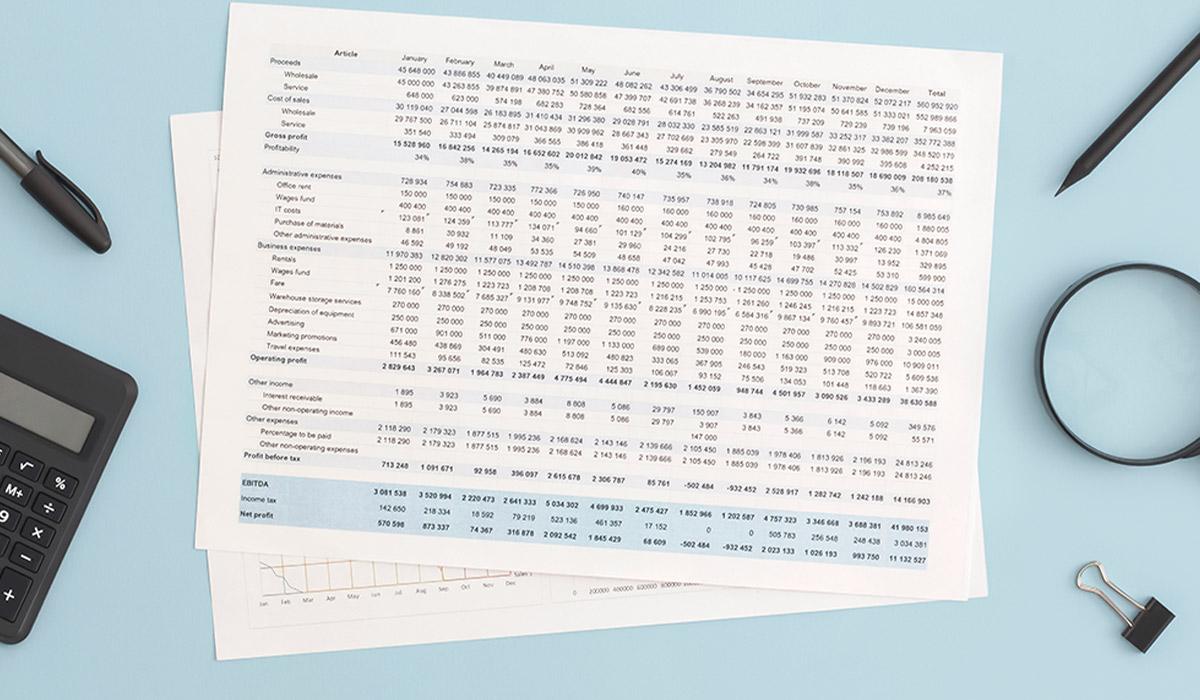Singapore’s GDP Growth Slows, but Liquidity Measures May Provide Support
Singapore’s economy is expected to experience slower growth in 2025, with GDP growth forecast to ease to 1.6% year-on-year (YoY), down from 5% in 2024. This projection aligns with the Ministry of Trade & Industry’s revised growth range of 0% to 2%. Despite the slowdown, analysts believe that policy support and liquidity measures could help cushion the impact.
The manufacturing sector, particularly electronics, continues to drive growth, but economists predict that momentum will taper off in the latter half of the year due to ongoing global uncertainties. Non-oil domestic exports (NODX) are expected to grow by 3.3% YoY, buoyed by strong electronics performance and occasional surges in non-electronics exports, such as gold shipments to Indonesia. However, the positive impact of frontloading activities, which boosted export numbers early in the year, is expected to fade.
Inflation is also predicted to moderate, with headline consumer price index (CPI) inflation projected to drop to 1.5% in 2025 from 2.4% in 2024. This easing is due to softer global demand and falling oil prices, though high Certificate of Entitlement (COE) premiums may still push car ownership costs higher.
In response to these conditions, the Monetary Authority of Singapore (MAS) is anticipated to ease monetary policy. After adjusting the Singapore dollar’s nominal effective exchange rate (S$NEER) band in April 2025, MAS is expected to further flatten it in October 2025 to support growth amid weaker external demand.
Despite the challenges, there is cautious optimism in the market, as the MAS’s liquidity support, particularly through its Equity Market Development Programme (EMDP), and stable earnings growth may help mitigate some of the global pressures.















